NASA recorded the huge space rock – known as ‘2020 HW3’ and measuring as much as 230m or 750ft wide – as an Apollo asteroid which fly close to Earth and intersect our orbit.
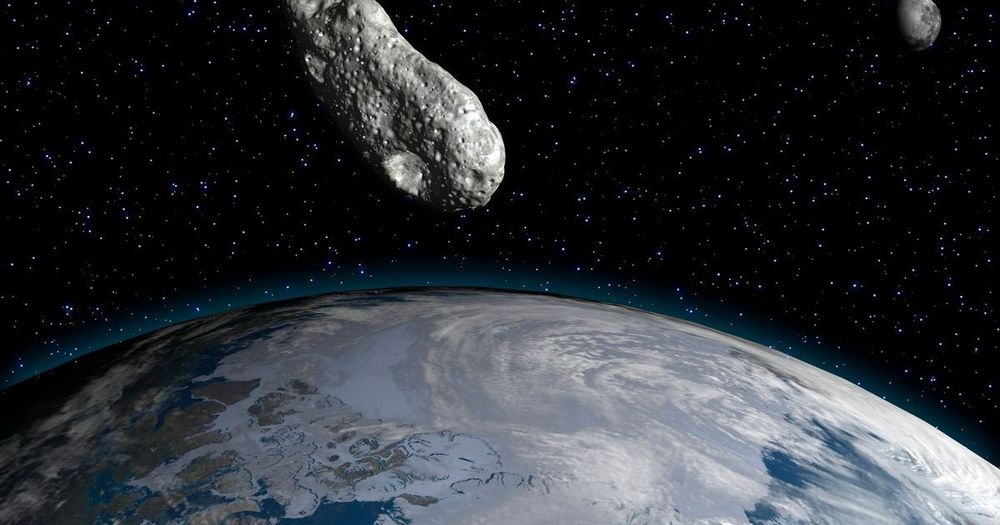


Thirty years ago this week — on April 24, 1990 — the Hubble Space Telescope launched into space and opened humanity’s eyes to the cosmos. Now, we reflect on how this groundbreaking instrument has changed and evolved our understanding of the universe.
Space.com spoke to retired NASA astronaut Mike Massimino, who currently serves as the senior advisor for space programs at the Intrepid Sea, Air and Space Museum, about his experiences working with the telescope and its importance to science and society.
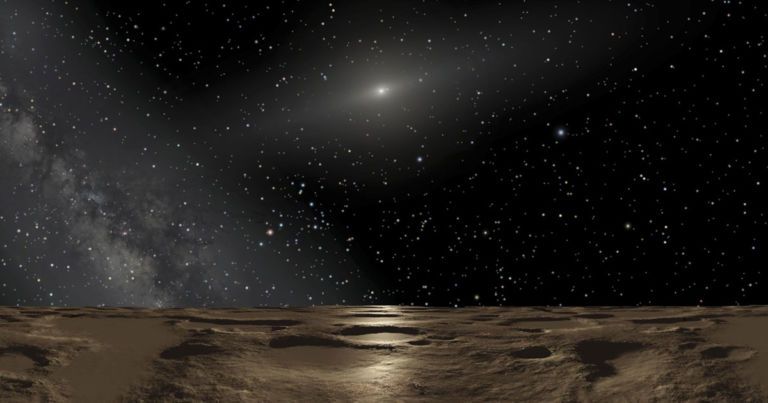
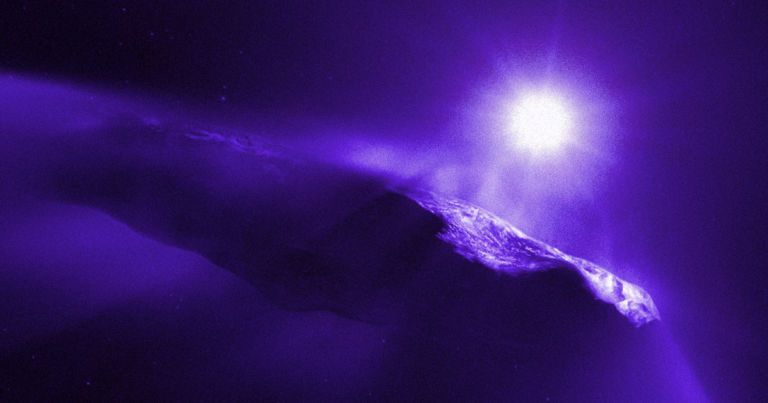
We have seen before🤔🤔.
Observations suggest that its home star system could resemble our own. NASA scientists have even suggested that the object may hold water.
Now, a new study by an international team of researchers led by NASA has revealed something highly unusual: gas emanating from the comet contained unusually high amounts of carbon monoxide — up to 26 times higher than that of the average comet.
“This is the first time we’ve ever looked inside a comet from outside our solar system and it is dramatically different from most other comets we’ve seen before,” Martin Cordiner, astrochemist at the NASA Goddard Space Flight Center and lead author of the study published in the journal Nature Astronomy said in a statement.
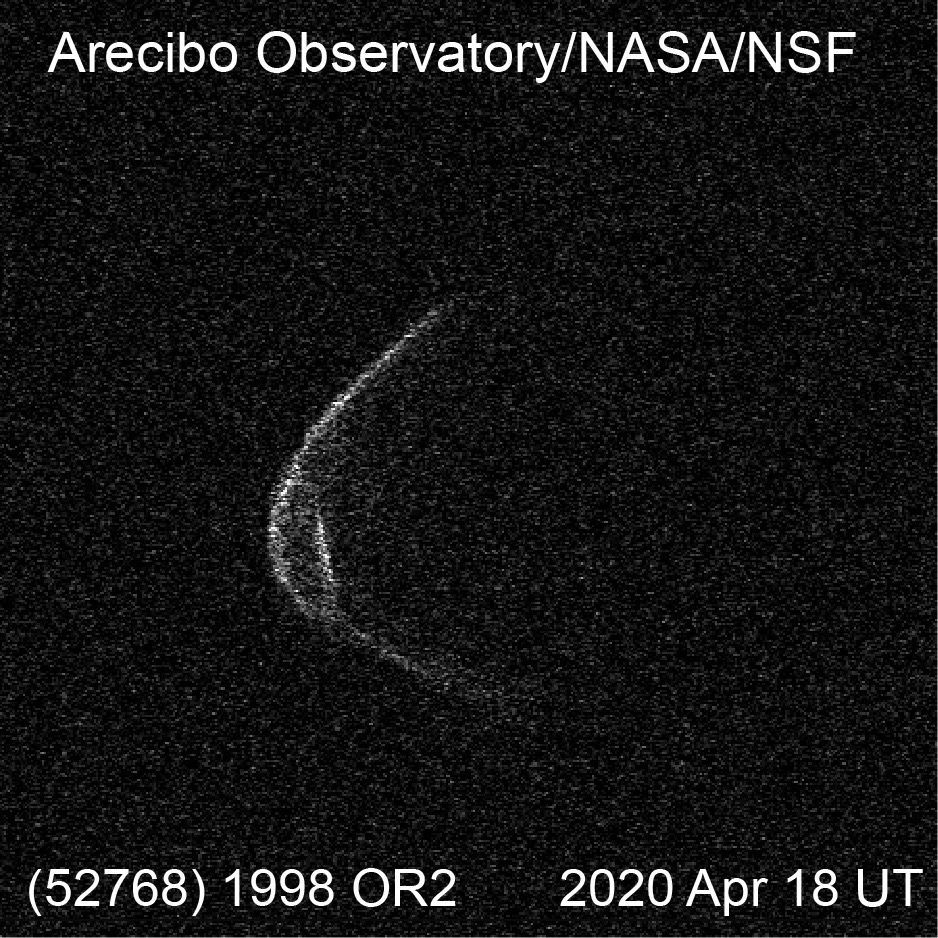
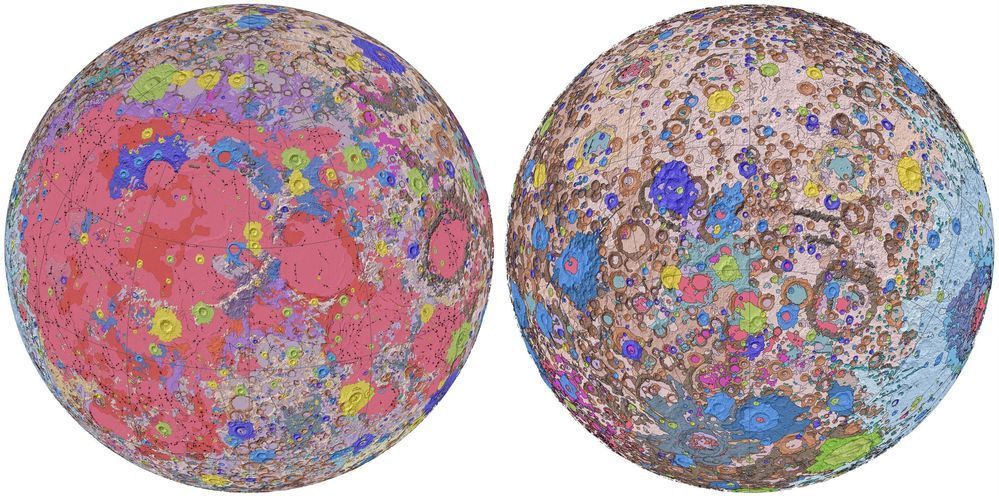


O,.O woah!
This summer, NASA plans to launch its next Mars rover, Perseverance, which will carry with it the first aircraft to ever fly on another planet, the Mars Helicopter. As the first of its kind, the Mars Helicopter will carry no instruments and collect no data—NASA describes merely flying it all as “high-risk, high-reward” research.
With the risks of extraterrestrial flight in mind, Penn Engineers are suggesting a different approach to exploring the skies of other worlds: a fleet of tiny aircraft that each weigh about as much as a fruit fly and have no moving parts.
These flyers are plates of “nanocardboard,” which levitate when bright light is shone on them. As one side of the plate heats up, the temperature differential gets air circulating through its hollow structure and shooting out of the corrugated channels that give it its name, thrusting it off the ground.
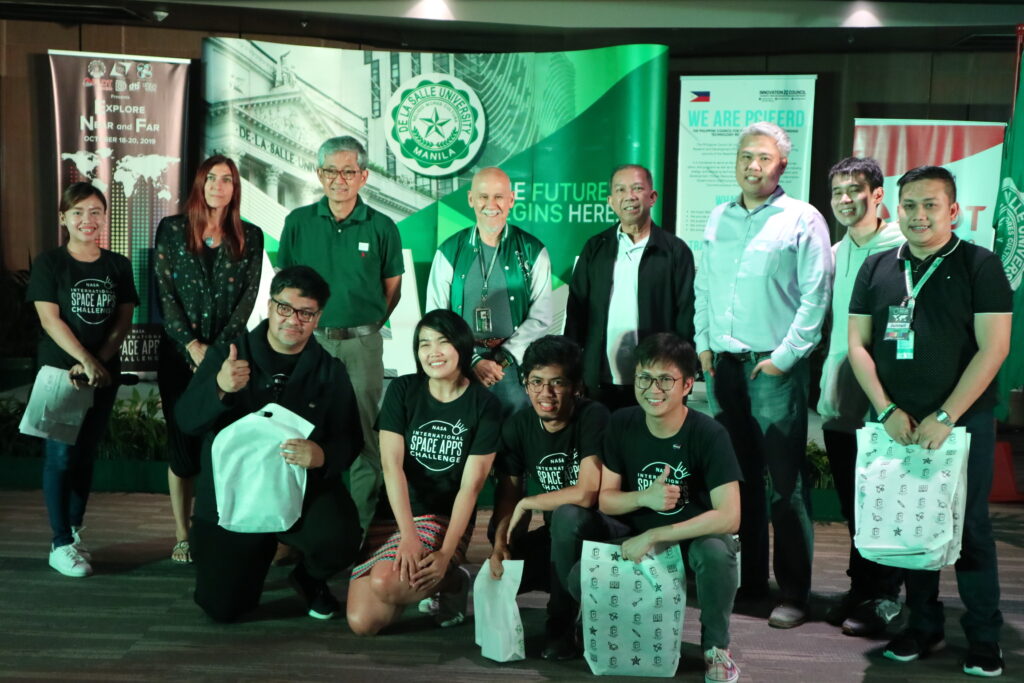
MANILA, Philippines — A dengue case forecasting system using space data made by Philippine developers won the 2019 National Aeronautics and Space Administration’s International Space Apps Challenge. Over 29,000 participating globally in 71 countries, this solution made it as one of the six winners in the best use of data, the solution that best makes space data accessible, or leverages it to a unique application.
Dengue fever is a viral, infectious tropical disease spread primarily by Aedes aegypti female mosquitoes. With 271,480 cases resulting in 1,107 deaths reported from January 1 to August 31, 2019 by the World Health Organization, Dominic Vincent D. Ligot, Mark Toledo, Frances Claire Tayco, and Jansen Dumaliang Lopez from CirroLytix developed a forecasting model of dengue cases using climate and digital data, and pinpointing possible hotspots from satellite data.
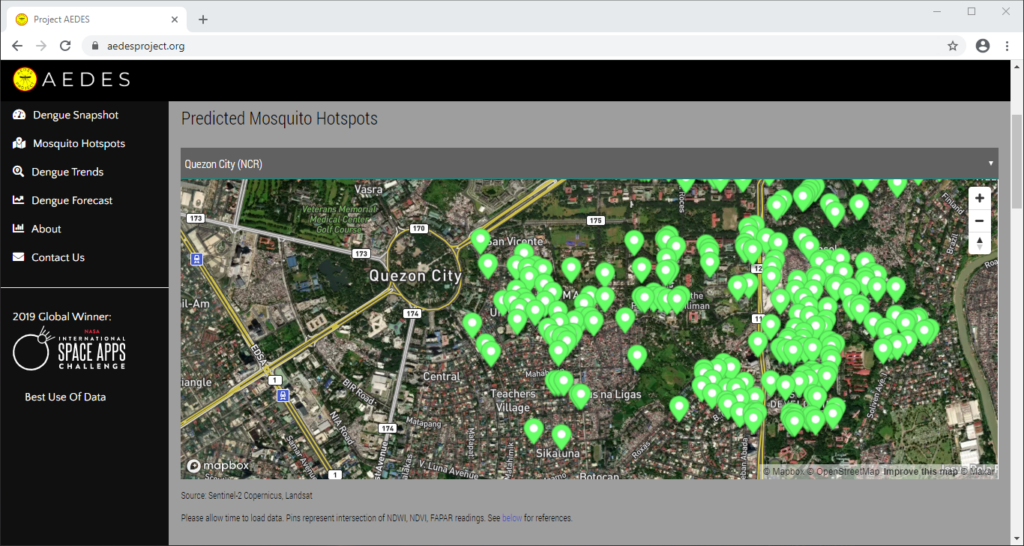
Correlating information from Sentinel-2 Copernicus and Landsat 8 satellites, climate data from the Philippine Atmospheric, Geophysical and Astronomical Services Administration of the Department of Science and Technology (DOST-PAGASA) and trends from Google search engines, potential dengue hotspots will be shown in a web interface.
After ‘reanalyzing’ data from NASA’s Kepler Space Telescope, scientists have discovered an Earth-size planet, named Kepler-1649c, residing in its star system’s habitable zone. Full Story: https://www.space.com/earth-size-exoplanet-habitable-zone-kepler.html
: Space.com / animation: NASA/Kepler Mission/Dana Berry / Kepler-1649c illustrations: NASA/Ames Research Center/Daniel Rutter / produced & edited by Steve Spaleta (http://www.twitter.com/stevespaleta)